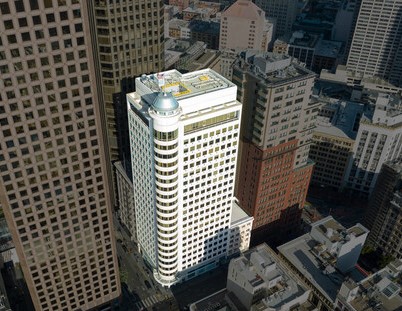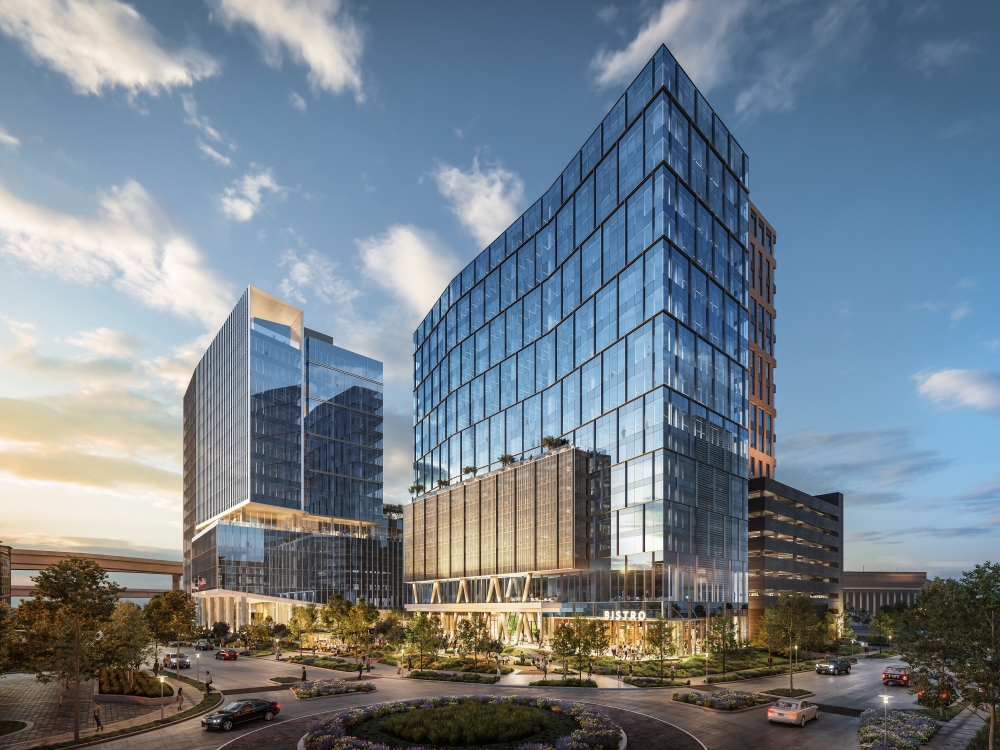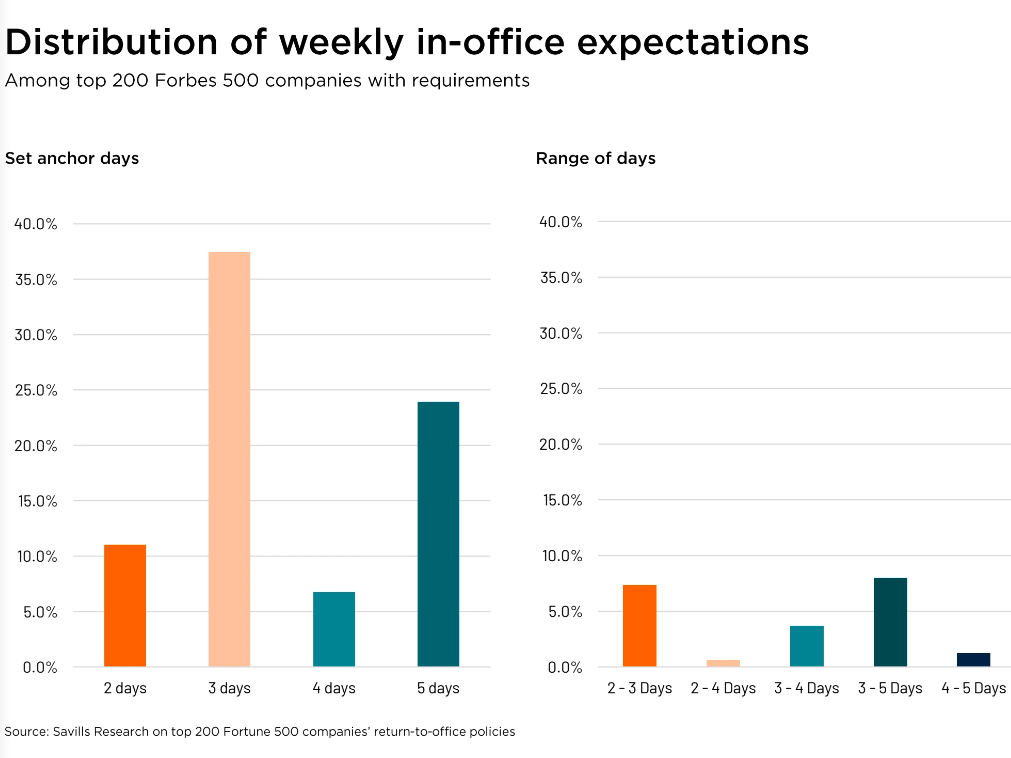A Look at 2022’s Investment Landscape
Industry experts size up what real estate investors should expect in the coming year.
In 2021, the multifamily and industrial markets were the biggest stars. The sectors posted record volumes, outperforming even the most optimistic expectations industry insiders had at the start of 2020. Meanwhile, it was a rougher road for the office sector, which has struggled with higher vacancy rates as the popularity of remote and hybrid work schedules have endured.
Overall appetite for real estate investment was strong in the past year, with investment volume during the third quarter of 2021 surging to $176.9 billion, the highest quarterly total since at least 2005, according to a capital markets report from CBRE. Strong economic growth, recovering fundamentals and low interest rates all helped drive the investment volume to new heights.
So how will 2022 shape up? Not surprisingly, it’s complicated.
Head of the Class
By all accounts, the industrial and multifamily sectors are on track to be investment magnets once again in 2022. Niche sectors that have also become popular with investors, notably life science, data center and medical office, will also continue to be a force.

Richard Barkham, Global Chief Economist, Head of Global Research & Head of Americas Research at CBRE
“We will continue to see what we saw in the second half of 2021, which was robust appetite for real estate as an investment, fueled by a mix of economic growth, recovering fundamentals, continued low interest rates and probably a desire by investors to make sure they’ve got hard assets that give them some long-term protection from inflation,” said CBRE Global Chief Economist Richard Barkham.
Markets in the Sun Belt show no signs of slowing down in popularity with investors. Many locations in that swath of the country have experienced a population boost from the migration to lower-cost markets. Significantly, the region dominates the Urban Land Institute’s Emerging Trends in Real Estate report for 2022. Led by Nashville, Tenn., and Raleigh-Durham, N.C., in the top two spots, the Sun Belt accounts for eight of the top 10 markets.
“That’s been a trend that was not created by the pandemic but certainly was not slowed down by the pandemic, possibly even pushed on a bit more,” said Anita Kramer, senior vice president at the ULI Center for Real Estate Economics and Capital Markets.
While generally optimistic about the next 12 months, Barkham cautioned that the market may experience some quarter-over-quarter “hiccups.” As an example, he cited a possible ripple effect from China’s recent economic slowdown.
“I can’t underestimate the importance of lifting travel restrictions for overseas investors,” said Barkham. The return of business travel will have multiple benefits by helping bring the office market back to life and, as tourism returns, revitalizing urban areas, he predicted. Observers speculate that an influx of offshore buyers in search of attractive U.S. returns may help keep cap-rate increases under control.
He expects the office sector to strengthen somewhat in 2022, as more employees return to the office and investors look for opportunities outside of multifamily and industrial, which will have relatively compressed yields.
Another issue for office investors is the need to invest in upgrades: filtration systems, additional elevators, windows and other features that promote safety during the current crisis and in future pandemics. New legislation aimed at cutting carbon emissions and operators’ prioritization of energy efficiency is also contributing to an uptick in capital expenditures.
“I think people are focusing on the wrong thing on the office market,” said Real Capital Analytics Senior Vice President Jim Costello. He predicted that increased capex—rather than the timing and scale of office workers’ return—will be the biggest obstacle facing many investors in the sector.
“Some people will go back to the office, and some won’t,” said Costello. “It will play out, but spending issues will be a bigger challenge.”
Factors in the Mix
Despite the industry’s strong performance, especially amid the pandemic, other obstacles loom. Supply-chain issues, inflation, higher cost of capital, geopolitical issues and new virus variants could cause problems for the industry in 2022.
Investors must start the year by quickly sizing up the impact of the Federal Reserve’s recent decision to raise interest rates three times. In the short term, the prospect of higher rates may create an upside to closing deals before the first rate increase. Increased costs of construction financing may prompt sponsors to consider delaying development, but rising costs usually won’t be enough to justify scuttling new product plans in the most in-demand sectors.
Also in the mix is how interest rate hikes will affect returns. Hugh Kelly, a real estate economist and CPE columnist, warned about the combination of thin cap rate and mortgage rate spreads increasing rates for 7- and 10-year treasuries. That’s a recipe for reducing the risk premium for real estate debt and equity, he argued. “I feel that we will be in the danger zone where investors are not being adequately compensated for the risks they are taking in CRE,” Kelly told CPE at the time of the Fed’s announcement in December.
Industry studies suggest that office occupancy continues to fluctuate and varies widely by market. In a survey of 10 major markets by Kastle Systems, occupancy in early December ranged from a high of 59.3 percent in Austin to only 28.2 percent in San Francisco.
Further complicating the picture is the emergence of the omicron variant, which prompted Google, Apple and other major employers to delay their return-to-office plans. “Obviously everyone is undergoing some omicron uncertainty,” said David Bitner, head of Americas capital markets research at Cushman & Wakefield. During a late November interview, Bitner said he hoped the variant would not be a large-scale spoiler for office users’ plans for an early 2022 return.
“We’re just going to have to take a wait-and-see on that,” he said.
Capping the year’s most closely watched economic phenomenon, inflation jumped 6.8 percent year-over-year in November 2021, a 40-year high. That trend is prompting much speculation about its longer-term implications, but the effect on investment has been minimal so far, Kramer contended.
She frames the issue this way: “Is this temporary or is it going to subside? It’s a consideration that everybody’s watching, but so far, it hasn’t held up long-term investment plans.”
Many industry professionals apparently agree. Most respondents to NAIOP’s Fall 2021 Commercial Real Estate Sentiment Index said that inflation was less of a concern to them than it had been several months earlier.
Meanwhile, supply-chain issues have had an immediate and acute impact on consumers and a wide swath of industries, including real estate construction. The problem has set back economic growth not just in the U.S., but globally, said Bitner.
“Nobody wins, prices go up, demand that could have driven growth just drives prices,” he said. “You get no work out of coal burning, just heat.”
However, Bitner pointed to the historical tendency for supply-chain issues to eventually resolve and then overcorrect. “I think we’ll still have the issues (in 2022), but by 2023 they will normalize.”
Perhaps lower on the industry’s current watchlist, but just as important, is the possibility of market jitters triggered by geopolitical events. Barkham cited tensions between China and Taiwan, or Russia and Ukraine, but was positive overall.
“All things considered, we’re still looking at relatively good economic growth fueled by continued consumer spending and recovery from lockdown in the pandemic,” he predicted, “and we’ll probably see supply chains easing.”
Read the January 2022 issue of CPE.










You must be logged in to post a comment.